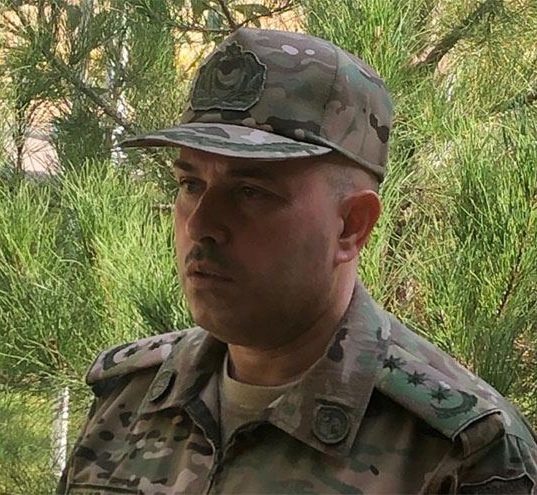
“The intelligence shows that these mercenaries of Armenian origin, attracted from Syria and other countries of the Middle East, are not registered in Armenia. Therefore, these figures are hidden while providing information on the losses of the Armenian side,” the Spokesman for the Azerbaijani Defense Ministry, Colonel Vagif Dargahli said.
There are mercenaries of Armenian origin from Syria and the Middle Eastern countries among the destroyed Armenian armed forces, Spokesman for the Azerbaijani Defense Ministry, Colonel Vagif Dargahli said.
“The intelligence shows that these mercenaries of Armenian origin, attracted from Syria and other countries of the Middle East, are not registered in Armenia. Therefore, these figures are hidden while providing information on the losses of the Armenian side,” the spokesman stressed.
As in previous battles, the military-political leadership of Armenia, under the pretext of a ban on the dissemination of military information, conceals its losses from the public, Dargahli noted.
“However, due to a large number of losses, the Armenian army will be forced to admit them later, but presenting them as having died in different conditions,” stressed the spokesman.
The Armenian armed forces committed a large-scale provocation, subjecting the positions of the Azerbaijani army to intensive shelling from large-caliber weapons, mortars, and artillery installations of various calibers in the front-line zone on Sept. 27 at 06:00 (GMT+4).
The command of the Azerbaijani Army decided to launch a counter-offensive operation of Azerbaijani troops along the entire front to suppress the combat activity of the Armenian armed forces and ensure the safety of the civilian population.
Ashagi Abdurrahmanli, Garakhanbeyli, Garvend, Kend Horadiz, Yukhari Abdulrahmanli villages of Fizuli district, Boyuk Marjanli, and Nuzgar villages of Jabrayil district were liberated.
Moreover, the positions of the Armenian armed forces were destroyed in the direction of the Agdere district and Murovdag, important heights were taken under control.
The conflict between the two South Caucasus countries began in 1988 when Armenia made territorial claims against Azerbaijan. As a result of the ensuing war, Armenian armed forces occupied 20 percent of Azerbaijan, including the Nagorno-Karabakh region and seven surrounding districts.
The 1994 ceasefire agreement was followed by peace negotiations. Armenia has not yet implemented four UN Security Council resolutions on the withdrawal of its armed forces from Nagorno Karabakh and the surrounding districts.
Source: https://en.trend.az/azerbaijan/politics/3306684.html